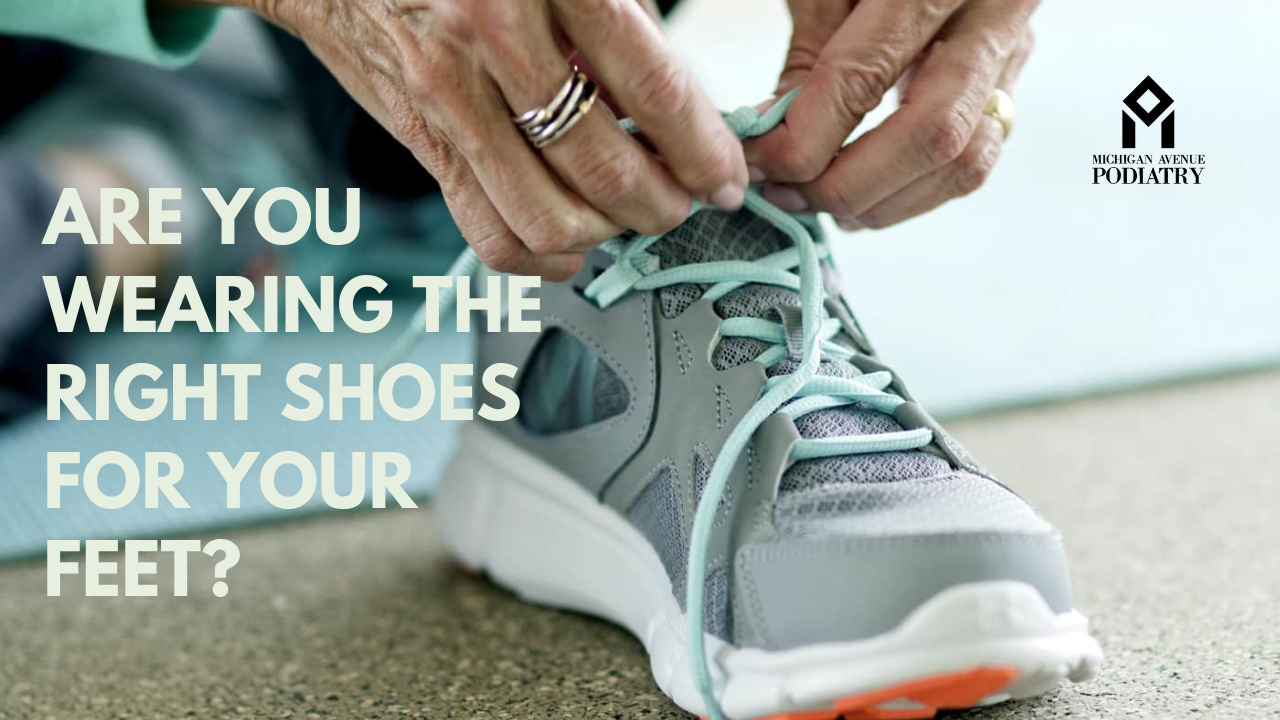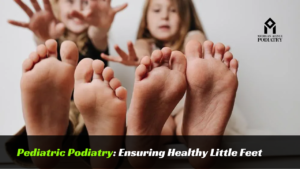How to Enhance Ankle and Feet Support with Proper Footwear
At our company, we understand the importance of proper ankle and feet support for maintaining overall health and well-being. In this comprehensive guide, we’ll delve into the crucial role that wearing the right shoes plays in improving ankle and feet support. From understanding foot anatomy to selecting the most suitable footwear, we’ve got you covered.
Understanding Foot Anatomy
Before delving into footwear options, it’s essential to grasp the intricacies of foot anatomy. The foot comprises numerous bones, muscles, tendons, and ligaments, all working harmoniously to support body weight and facilitate movement. The arches of the foot, namely the medial longitudinal arch, lateral longitudinal arch, and transverse arch, play a pivotal role in weight distribution and shock absorption.
The Importance of Proper Support
Proper ankle and feet support are crucial for preventing various foot conditions and injuries. Without adequate support, individuals may experience discomfort, pain, and even long-term issues such as plantar fasciitis, bunions, or Achilles tendonitis. Investing in supportive footwear tailored to your foot type and lifestyle can significantly mitigate these risks.
Selecting the Right Footwear
When it comes to selecting the right footwear, several factors should be considered:
Arch Type
Determining your foot arch type—whether it’s high, medium, or low—can guide you in selecting appropriate footwear. For instance, individuals with high arches require shoes with ample cushioning and arch support to distribute pressure evenly.
Foot Shape
Considering the shape of your feet, including width and length, is essential for ensuring a comfortable fit. Many shoe brands offer options for different foot shapes, accommodating various widths and toe box sizes.
Support Features
Look for shoes with features designed to enhance ankle and feet support, such as:
- Arch Support: Shoes with built-in arch support help maintain the natural curvature of the foot and alleviate strain on the arches.
- Heel Cushioning: Adequate cushioning in the heel area absorbs shock and reduces impact on the feet and ankles.
- Stability: Opt for shoes with a stable base and firm midsole to minimize pronation and supination, promoting proper gait mechanics.
- Toe Box Room: A spacious toe box allows for natural toe splay, preventing overcrowding and reducing the risk of conditions like bunions and ingrown toenails.
Material Quality
Choose shoes made from breathable, durable materials that provide sufficient support without sacrificing comfort. Leather, mesh, and synthetic materials are popular choices known for their durability and ventilation properties.
Recommended Footwear Options
Based on our expertise, we recommend the following types of footwear to enhance ankle and feet support:
Athletic Shoes
Athletic shoes, including running shoes, cross-trainers, and walking shoes, are designed with features tailored to support various physical activities. Look for models with adequate cushioning, arch support, and stability features to minimize the risk of injury during exercise.
Orthopedic Shoes
Orthopedic shoes are specifically crafted to address foot-related issues and provide optimal support and comfort. These shoes often feature customizable insoles, extra depth for orthotic inserts, and wide toe boxes to accommodate foot deformities or conditions such as arthritis or diabetes.
Work Shoes
For individuals who spend long hours on their feet, investing in supportive work shoes is essential. Look for styles with slip-resistant soles, cushioned insoles, and supportive uppers to alleviate fatigue and reduce the risk of workplace-related foot injuries.
Casual Shoes
Even everyday footwear choices can impact ankle and feet support. Opt for casual shoes with adequate arch support, cushioning, and roomy toe boxes to promote foot health while maintaining style and comfort.
Conclusion
In conclusion, prioritizing proper ankle and feet support through the selection of appropriate footwear is paramount for maintaining foot health and overall well-being. By understanding foot anatomy, considering individual needs, and choosing supportive footwear options, individuals can mitigate the risk of foot conditions and injuries, leading to a more comfortable and active lifestyle.
For personalized recommendations tailored to your specific foot type and lifestyle, consult with a qualified podiatrist or footwear specialist. Remember, investing in quality footwear is an investment in your long-term foot health and comfort.




